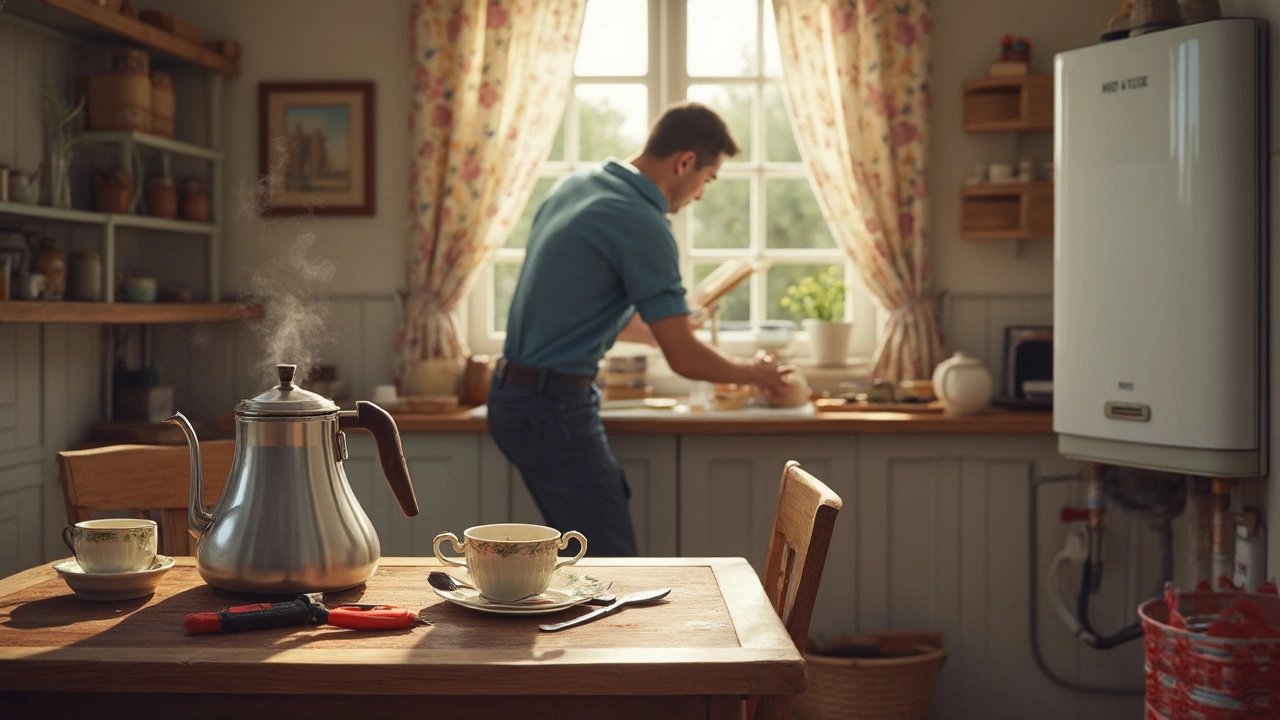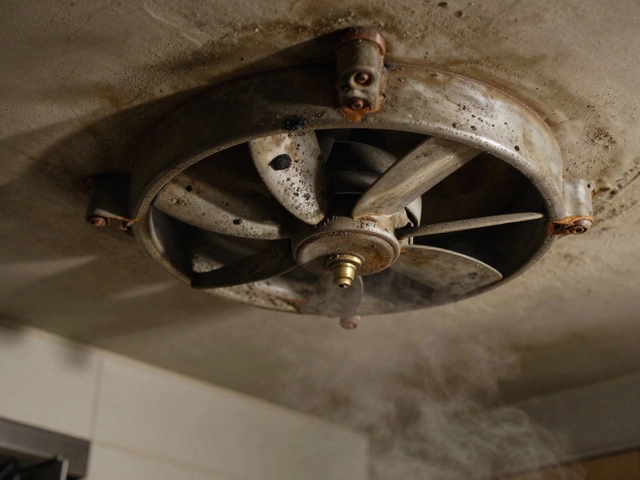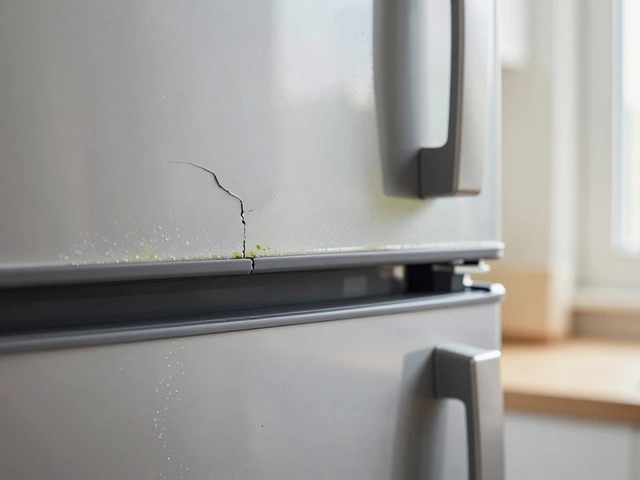Faulty Water Heater – What Causes It and How to Fix It
If you’re dealing with a faulty water heater, you’re probably wondering why the hot water stopped flowing or why the temperature keeps dropping. When working with faulty water heater, a water heating unit that fails to deliver consistent hot water due to mechanical or electrical issues. Also known as broken water heater, it can disrupt daily routines, raise energy bills, and even cause water damage if leaks develop. The problem usually falls into three buckets: heating element failure, thermostat mis‑control, or circulation issues within the broader hot water system. Understanding which bucket your situation lands in helps you decide whether a quick DIY check will do or if you need a qualified technician.
Key Parts and Common Culprits
Most homeowners don’t realize that a hot water system, the network of pipes, tanks, and controls that deliver heated water throughout a house relies on several smaller components working in sync. The mixing valve, a device that balances hot and cold water to reach a safe outlet temperature is a frequent offender; a stuck or worn valve can let cold water sneak in, leaving you with lukewarm showers. Meanwhile, the thermostat, the sensor that tells the heater when to turn on or off based on water temperature may drift out of calibration, causing the unit to shut off prematurely or overheat. In many cases, the culprit is actually the boiler, the central heating appliance that can also heat domestic water in combi setups – a low‑pressure fault or a failing gas valve will manifest as a water‑heater problem even though the heater itself is fine. Each of these components creates a semantic triple: a faulty water heater requires a functional thermostat, a working mixing valve influences water temperature consistency, and the boiler supports the overall hot water delivery.
Now that you know the main players, you can start a systematic check. First, feel the tank for any hot spots – uneven heat often points to a bad heating element. Next, listen for ticking or clicking at the thermostat; a silent sensor may need replacement. Finally, test the mixing valve by running both hot and cold taps; if the temperature never rises above a certain point, the valve is likely stuck. These quick diagnostics save time and prevent unnecessary service calls. If any step feels unsafe – especially when dealing with gas‑powered boilers or electrical components – it’s wise to call a certified repair tech.
Below you’ll find a curated list of articles that walk you through each of these issues in detail. From spotting a failing heating element to deciding when a professional boiler inspection is necessary, the collection gives you practical next steps, DIY tips, and clear guidance on when to hand over the job to an expert.
Figuring out if a hot water heater element is malfunctioning can save you time and money. This guide walks you through the signs of a bad heating element, how to test it, and what to do if you find an issue. Knowing the difference between a simple fix and when to call a professional can keep your water hot without surprise cold showers.


